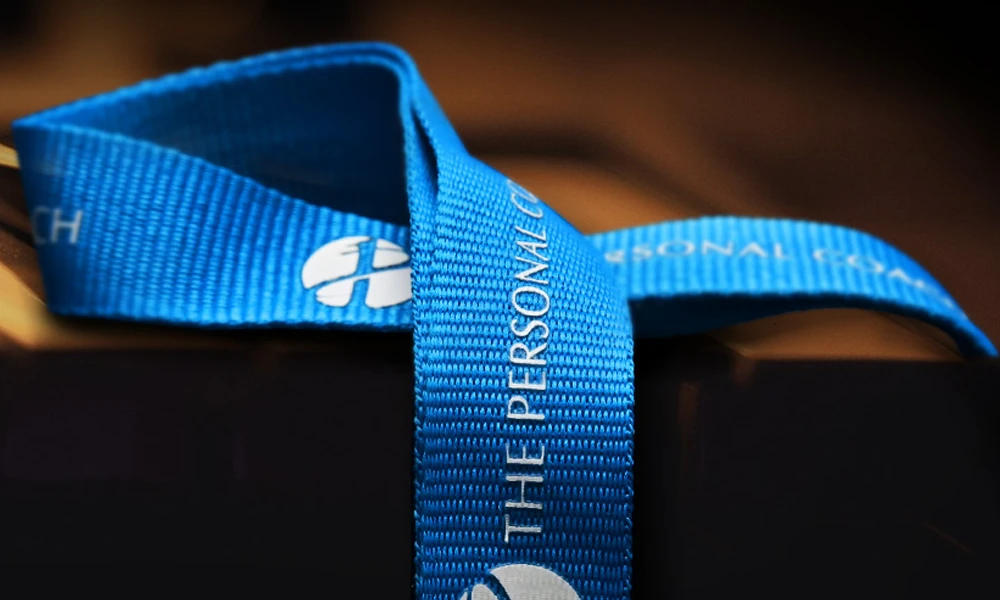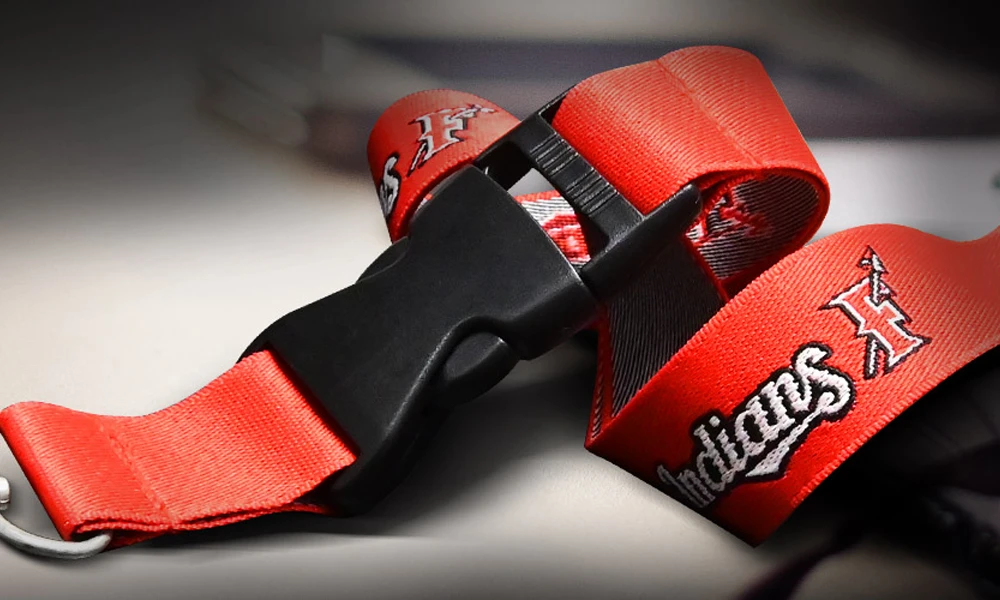
Printed vs Woven Lanyards: Which Do I Need?
When choosing a custom lanyard, one of the first decisions you’ll face is whether to go with printed lanyards or woven
Table of Contents
Toggle
Choosing the right lanyard isn’t just about picking a colour and adding your logo. The style, material, and attachments can make a big difference—especially for staff, events, or security needs. This guide breaks down the options so you can make the right call for your business.
Best for: General-purpose use, giveaways, offices
Material: Woven or knitted polyester
Texture: Smooth and flat
Print methods: Screen print or heat transfer
Flat polyester is the most common style. It’s cost-effective, durable, and works well with screen or heat transfer printing. These lanyards hold up well over time and offer a clear print finish for logos and text.

Best for: Budget-conscious orders
Material: Stitched tube-style polyester (like shoelace fabric)
Texture: Slightly stretchy, soft and rounded
Print method: Screen print only
Tubular lanyards are made from stitched polyester—like shoelaces. They’re soft, lightweight, and more affordable than flat types. Great for charities, events, or short-term use where cost is a priority.

Best for: Simple logos, long-term durability
Material: Thick woven polyester
Texture: Textured, embroidered feel
Print method: Woven in (not printed)
Instead of printing, your text and logo are stitched directly into the fabric. This makes them extremely durable, but better suited for simple designs (fine details can get lost in the weave). Ideal for staff or security teams who wear them daily.

Best for: Full-colour logos, photo-quality prints
Material: Smooth satin polyester
Texture: Silky, glossy feel
Print method: Dye-sublimation (full-colour heat transfer)
These are the most visually striking. Dye-sub lanyards allow for full-colour gradients, photographic prints, and edge-to-edge designs. Perfect for promotional use or when brand impact matters. Dye-sublimated lanyards are typically made from smooth polyester, often referred to as satin polyester or micro-weave polyester.

Best for: Sustainability-focused organisations
RPET (Recycled PET): Made from recycled plastic bottles
Bamboo fibre: Biodegradable and soft
Cornstarch PLA: Compostable under specific conditions
Made from recycled PET (RPET), bamboo, or biodegradable materials, eco lanyards are growing in popularity. They offer the same performance but with a lower environmental impact—ideal for government, education, or CSR-led projects.

Don’t forget the add-ons:
Metal lobster clip – Strong and versatile
Trigger clip – Easy to use for ID cards
Safety breakaway – A must for schools or industrial sites
Badge holders – Protect cards from wear and tear
Adjustable sliders or buckles – Useful for access control or dual branding
Ask yourself:
How long will it be used? (One-day event vs daily staff use)
What needs to be attached? (ID badge, USB, keys?)
What’s your budget per unit?
Do you need a sustainable option?
Is speed or branding more important?
If you’re unsure, we’re happy to recommend the best fit for your use case.
Related Posts

When choosing a custom lanyard, one of the first decisions you’ll face is whether to go with printed lanyards or woven

Lanyard Printing Methods Explained: Which One Is Right for You? If you’re ordering custom lanyards for your business, school, or

CardLogic Ltd TA Custom Lanyards
Kilkenny Commercial Centre
Sion Road
Kilkenny
R95 A58R
© Custom Lanyards All Rights Reserved.